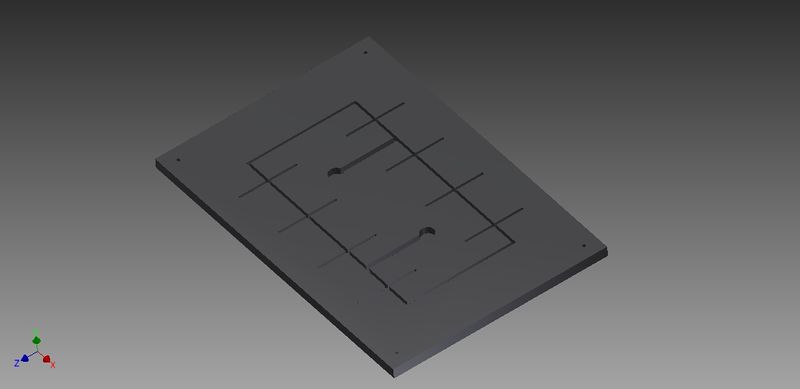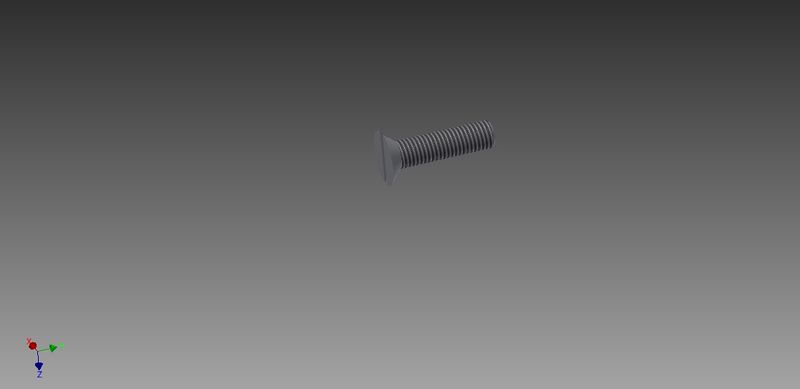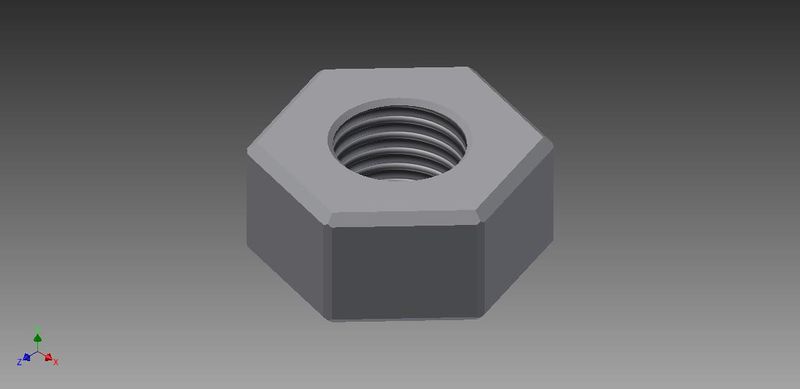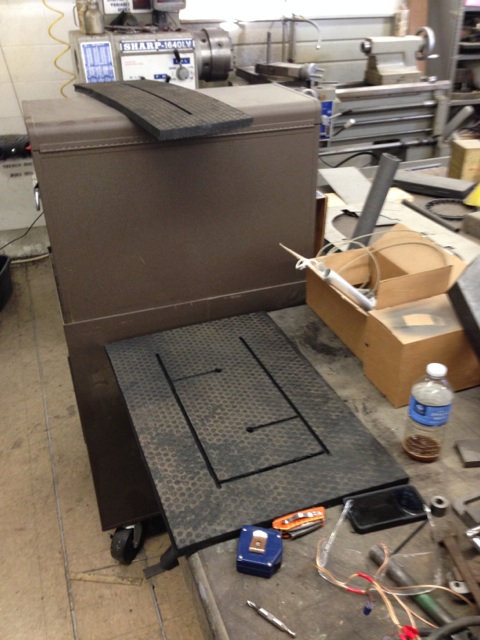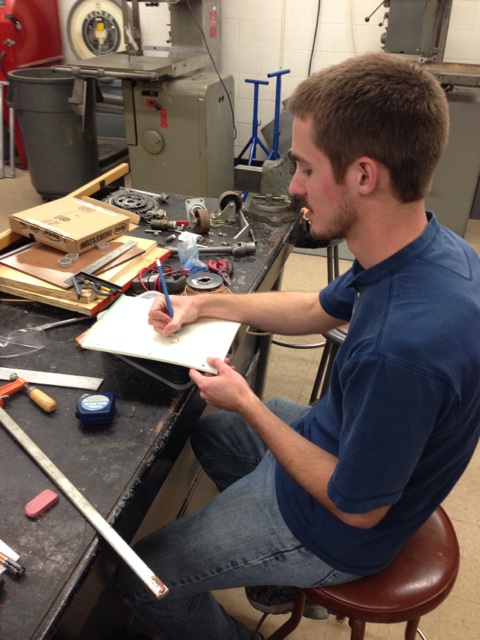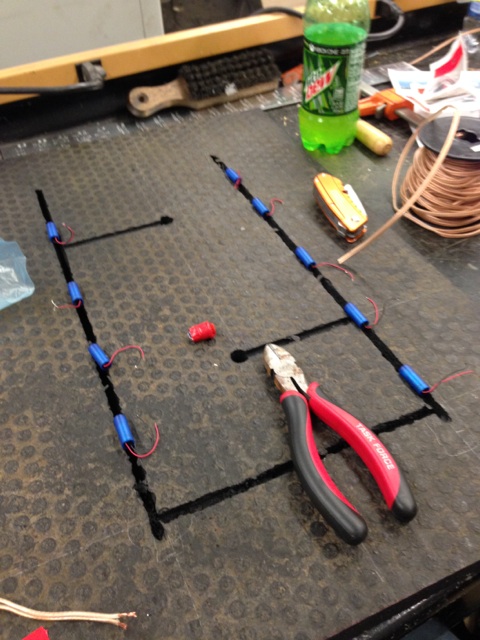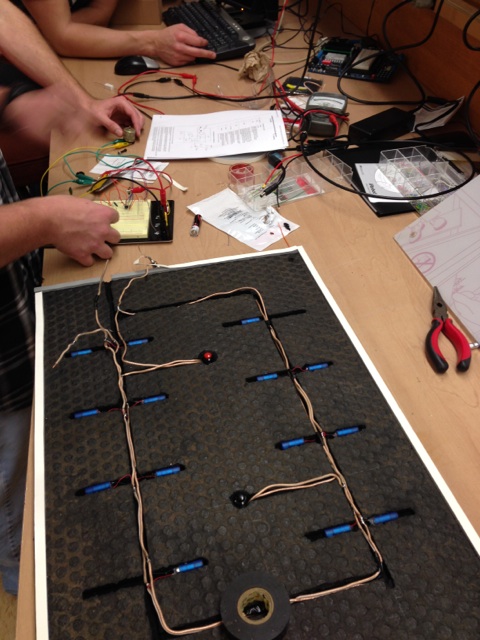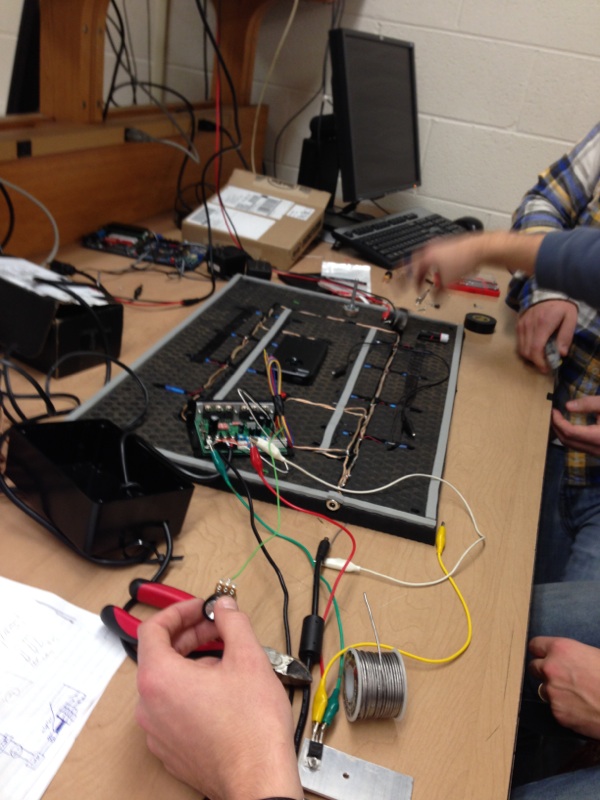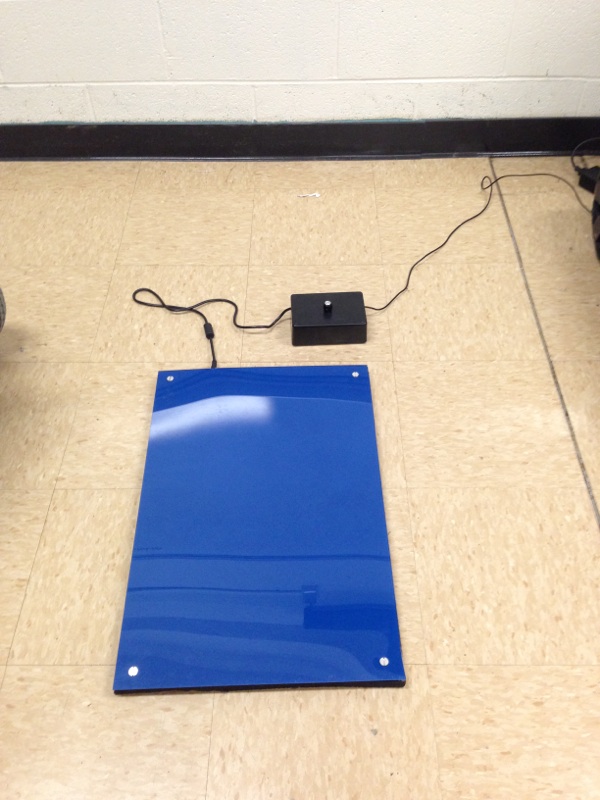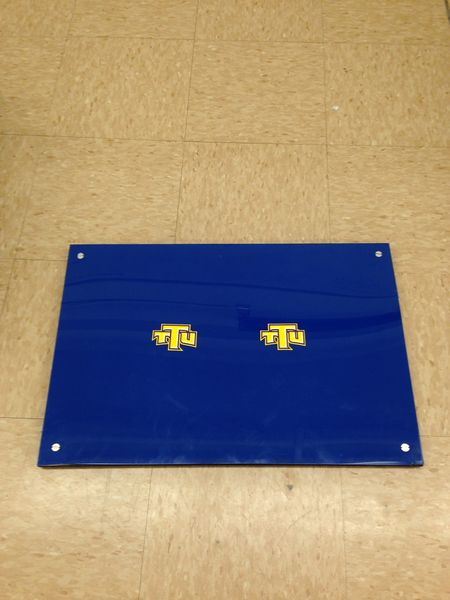Vibration mat F13
Contents |
Abstract
Design and fabricate a vibrating mat for children with special needs. The children will benefit from the mat because the vibration will provide sensory input for them.
Team members
- Bradley Norris
- Corey Bradford
- Ankur Patel
- Edward Tefft
- Jonathan Thomas
- Hoang Le
Problem Statement/overview of the need
Special needs students could benefit from a physical sensory input device. Particularly a vibrating device to expand their tolerance of their physical environment. The vibration device needs to be pressure activated to allow students to receive exposure without outside help. The device will also need to be cleaned easily because of the amount of foot traffic from usage.
Design Specifications
- welcome-mat sized vibrating surface
- 8' to 10' power cord
- Durable rubber surface for ease of cleaning
Conceptual Design
After speaking with Melissa Draper, our team split up and made individual concept designs. We then collaborated and decided on the best design.
Design Concept 1
- Pros:
- relatively few number of moving parts
- only one electric motor
- solid state switches are reliable
- Cons:
- camshafts and solid state switches are expensive
- the camshafts will require lubrication at the contact points
- the entire assembly will be fairly large and heavy
Design Concept 2
Design Concept 3
- Pros: Simple Design
- Affordable
- Ease of Manufacturing
- Clean and Safe
- Cons: Circuit Complexity
Evaluate concepts/select candidate
Detailed Design
This section will describe a detailed design process
Description of selected design
This design features DC motors with spinning counterweights activated by a momentary switch triggered by an individual's weight. All exposed surfaces are layered with rubber. It is powered by a 120V wall outlet.
Detailed description of selected design
The DC vibration motors in this design will actually be encapsulated inside the platform. The platform will be supported by 6 springs in the middle and a frame around the outside. The switch will be located below the platform, so when the user steps on the mat, the springs depress and the switch gets pushed.
Analysis
Describe three types of analysis to be performed on the design
Engineering analysis 1
Engineering analysis 2
Engineering analysis 3
CAD Drawings
Bill of Materials
| Quantity | Part | Part # | Purchased From | Price Per Unit | Effective Price |
|---|---|---|---|---|---|
| 16 | vibration motors | 28822 | digikey.com | $4.99 | $79.84 |
| 1 | power supply 12V 4A | Calibur Computer, LLC | $10.00 | $10.00 | |
| 2 | momentary push-button | 275644 | Radio Shack | $3.99 | $7.98 |
| 1 | 7805 5V regulator | 2761770 | Radio Shack | $1.99 | $1.99 |
| 1 | project box 6x4x2" | 2701806 | Radio Shack | $6.49 | $6.49 |
| 1 | control knob | 2740018 | Radio Shack | $2.49 | $2.49 |
| 1 | 10K audio control pot. | 2710215 | Radio Shack | $3.99 | $3.99 |
| 0.125 | speaker wire (60') | 278008 | Radio Shack | $13.99 | $1.75 |
| 1 | DC power jack | 2741563 | Radio Shack | $3.49 | $3.49 |
| 0.4 | hot melt glue (30pk) | 002643854047 | Walmart | $2.77 | $1.11 |
| 0.2 | blue spray paint | 072450402329 | Walmart | $4.34 | $0.87 |
| 0.457 | Lexan .125x28x30" | 60407 | Lowes | $33.48 | $15.30 |
| 0.549 | weatherstrip .375"x17' | 66673 | Lowes | $2.36 | $1.30 |
| 0.296 | rubber mat .5x36x36" | prestostore.com | $93.43 | $27.66 | |
| 1 | 3MeN Tech. DC motor driver | DB300-0 | teamequip.com | $110.00 | $110.00 |
| TOTAL: | $274.25 |
Assembly Instructions
Fabrication Process
Completed design
Instructions for safe use
- Keep away from water.
- Do not use this device unless supervised by an adult.
- Leave unplugged when not in use.
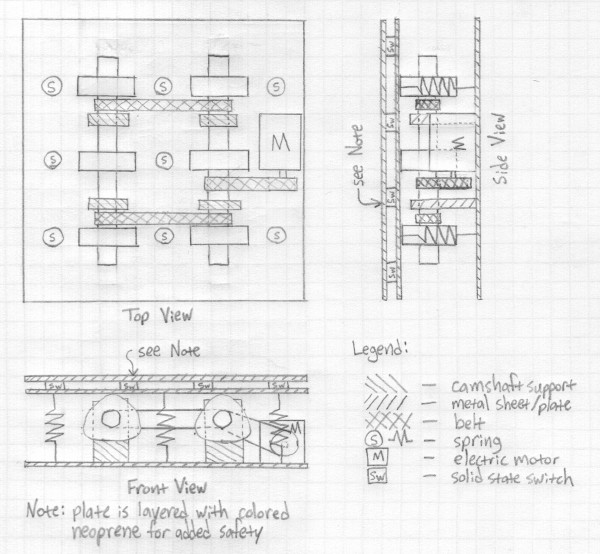
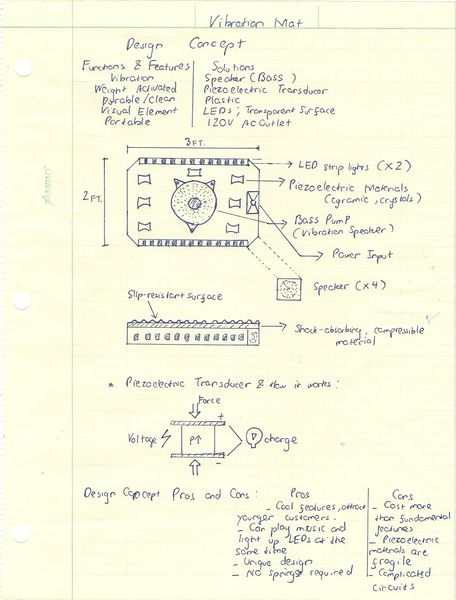
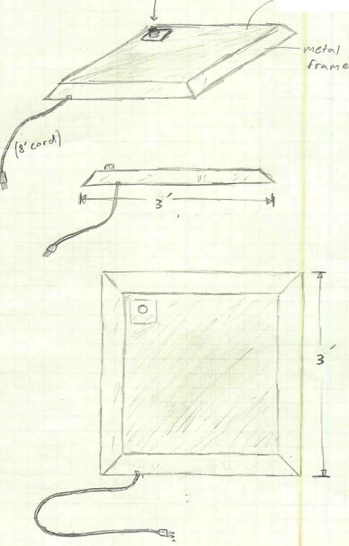



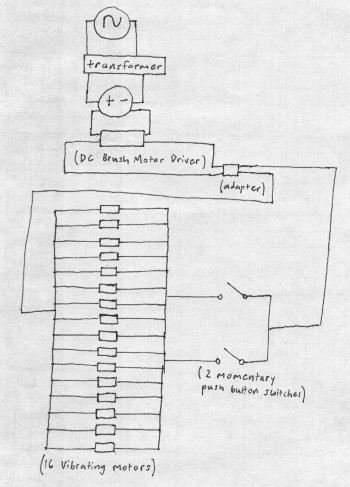
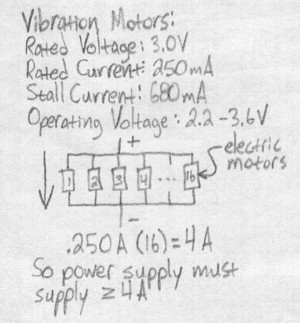
.jpg)
